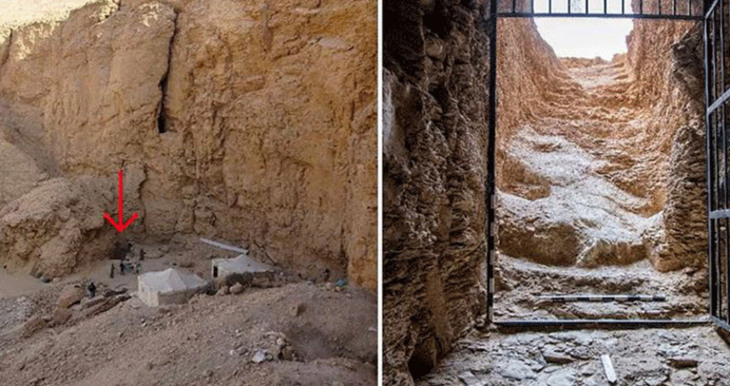
Another pharaoh’s tomb discovered in Egypt
A joint mission in Egypt has identified an ancient tomb as that of Pharaoh Thutmose II. The tomb was discovered in Luxor, known as the world’s largest open-air museum, marking a significant milestone in Egypt’s archaeological research after nearly a century.
According to reports, Egypt’s Ministry of Tourism and Antiquities announced the discovery on Tuesday (February 18). The tomb was found near the Valley of the Kings in Luxor, on the eastern bank of the Nile River in southern Egypt.
The tomb is believed to belong to Pharaoh Thutmose II, part of Egypt’s 18th Dynasty. The discovery was made through a joint effort between Egypt and Britain. This find is considered a milestone in ongoing archaeological studies in Egypt. Over a century ago, the tomb of Pharaoh Tutankhamun was discovered.
Pharaoh, or “Faraoh,” is the title used for the ancient rulers of Egypt. Thutmose II is identified as one of the pharaohs of the 18th Dynasty by archaeologists.
The tomb was identified by inscriptions on alabaster vessels, bearing the names of Thutmose II and his wife, Queen Hatshepsut. Queen Hatshepsut was one of the few women to hold power in ancient Egypt. Inside the tomb, archaeologists have found royal burial items, blue-colored inscriptions, yellow stars, and metal objects inscribed with religious texts.
It is reported that the tomb suffered considerable damage due to widespread flooding shortly after the death of Pharaoh Thutmose II. The Ministry of Tourism and Antiquities stated that most of the items from the tomb were moved, and efforts are underway to recover them.
Earlier, in 1922, the tomb of Pharaoh Tutankhamun was discovered, and extensive research on his mummy followed for decades. X-ray scans revealed signs of injury and blood clotting at the back of his head, leading to speculations that he was murdered. However, later DNA tests suggested that he died due to malaria, likely due to genetic issues caused by his parents being siblings.
